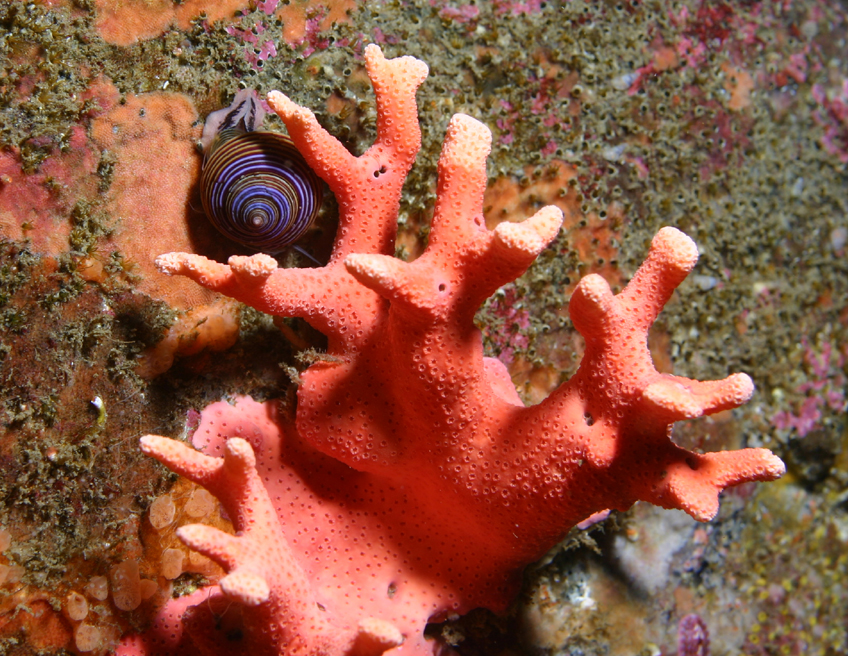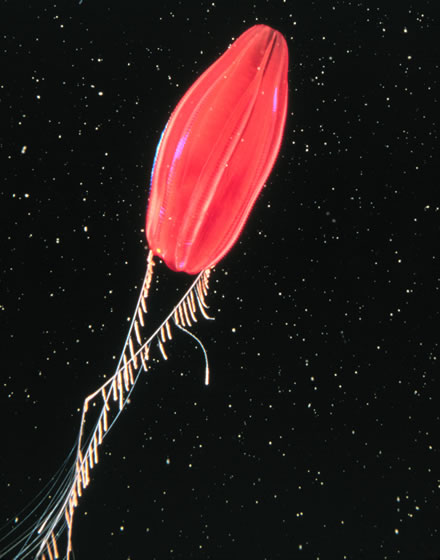|
Coryne Muscoides
''Coryne muscoides'' is a species of athecate hydroid belonging to the family Corynidae. It is a species of the north-eastern Atlantic Ocean and the Mediterranean Sea. This is a many-branched rose-coloured hydroid, up to 15 cm tall with distinctive ringed stems and branches. Each branch ends with a cluster of knobbed tentacles. It can be found in deep rock pools and attached to large seaweeds. References''Coryne muscoides''at World Register of Marine Species The World Register of Marine Species (WoRMS) is a taxonomic database that aims to provide an authoritative and comprehensive list of names of marine organisms. Content The content of the registry is edited and maintained by scientific specialist ... * Corynidae Animals described in 1761 Taxa named by Carl Linnaeus {{Anthoathecata-stub ... [...More Info...] [...Related Items...] OR: [Wikipedia] [Google] [Baidu] |
Carl Linnaeus
Carl Linnaeus (; 23 May 1707 – 10 January 1778), also known after his ennoblement in 1761 as Carl von Linné Blunt (2004), p. 171. (), was a Swedish botanist, zoologist, taxonomist, and physician who formalised binomial nomenclature, the modern system of naming organisms. He is known as the "father of modern taxonomy". Many of his writings were in Latin; his name is rendered in Latin as and, after his 1761 ennoblement, as . Linnaeus was born in Råshult, the countryside of Småland, in southern Sweden. He received most of his higher education at Uppsala University and began giving lectures in botany there in 1730. He lived abroad between 1735 and 1738, where he studied and also published the first edition of his ' in the Netherlands. He then returned to Sweden where he became professor of medicine and botany at Uppsala. In the 1740s, he was sent on several journeys through Sweden to find and classify plants and animals. In the 1750s and 1760s, he continued to coll ... [...More Info...] [...Related Items...] OR: [Wikipedia] [Google] [Baidu] |
Anthomedusae
Anthoathecata, or the athecate hydroids, are an order of hydrozoans belonging to the phylum Cnidaria. A profusion of alternate scientific names exists for this long-known, heavily discussed, and spectacular group. It has also been called Gymnoblastea and (with or without an emended ending ''-ae''), Anthomedusa, Athecata, Hydromedusa, and Stylasterina. There are about 1,200 species worldwide.Schuchert, P. (2014). Anthoathecata. Accessed through: Schuchert, P. (2014) World Hydrozoa database at http://www.marinespecies.org/hydrozoa/aphia.php?p=taxdetails&id=13551 on 2014-10-31 These hydrozoans always have a polyp stage. Their hydranths grow either solitary or in colonies. There is no firm perisarc around the polyp body. The medusae, or jellyfish, are solitary animals, with tentacles arising from the bell margin, lacking statocysts but possessing radial canals. Their gonads are on the manubrium ("handle").Bouillon, J.; Gravili, C.; Pagès, F.; Gili, J.-M.; Boero, F. (2006). An i ... [...More Info...] [...Related Items...] OR: [Wikipedia] [Google] [Baidu] |
Corynidae
Corynidae is a family of hydrozoans in the order Anthomedusae. Derivation of family name The family name ''Corynidae'' is derived from the Greek word κορυνε ( = ''korune'' ) meaning "club" ( in the sense of "cudgel" or "bludgeon" ). Genera The following genera are included in the family: *'' Bicorona'' Millard, 1966 *'' Caltsacoryne'' Toshino, Hamatsu & Uchida, 2021 *'' Cladosarsia'' Bouillon, 1978 *''Codonium'' Haeckel, 1879 *''Coryne'' Gaertner, 1774 *'' Dicyclocoryne'' Annandale, 1915 *'' Dipurenella'' Huang, Xu & Guo, 2011 *'' Nannocoryne'' Bouillon & Grohmann, 1994 *''Polyorchis'' A. Agassiz, 1862 *''Sarsia'' Lesson, 1843 *''Scrippsia'' Torrey, 1909 *'' Slabberia'' Forbes, 1846 *''Spirocodon'' Haeckel, 1880 *''Stauridiosarsia ''Stauridiosarsia'' is a genus of hydrozoans in the family Corynidae Corynidae is a family of hydrozoans in the order Anthomedusae. Derivation of family name The family name ''Corynidae'' is derived from the Greek word κορυνε ( = ... [...More Info...] [...Related Items...] OR: [Wikipedia] [Google] [Baidu] |
Rose (color)
Rose is the color halfway between red and magenta on the HSV color wheel, also known as the RGB color wheel, on which it is at hue angle of 330 degrees. Rose is one of the tertiary colors on the HSV (RGB) color wheel. The complementary color of rose is spring green. Sometimes rose is quoted instead as the web-safe color FF00CC, which is closer to magenta than to red, corresponding to a hue angle near 320 degrees, or the web-safe color FF0077, which is closer to red than magenta, corresponding to a hue angle of about 340 degrees. Shades of rose Etymology of rose The first recorded use of ''rose'' as a color name in English was in 1382.Maerz and Paul ''A Dictionary of Color'' New York:1930 McGraw-Hill Page 203 The etymology of the color name rose is the same as that of the name of the rose flower. The name originates from Latin ''rosa'', borrowed through Oscan from colonial Greek in southern Italy: ''rhodon'' (Aeolic form: ''wrodon''), from Aramaic ''wurrdā'', from ... [...More Info...] [...Related Items...] OR: [Wikipedia] [Google] [Baidu] |
Tentacle
In zoology, a tentacle is a flexible, mobile, and elongated organ present in some species of animals, most of them invertebrates. In animal anatomy, tentacles usually occur in one or more pairs. Anatomically, the tentacles of animals work mainly like muscular hydrostats. Most forms of tentacles are used for grasping and feeding. Many are sensory organs, variously receptive to touch, vision, or to the smell or taste of particular foods or threats. Examples of such tentacles are the eyestalks of various kinds of snails. Some kinds of tentacles have both sensory and manipulatory functions. A tentacle is similar to a cirrus, but a cirrus is an organ that usually lacks the tentacle's strength, size, flexibility, or sensitivity. A nautilus has cirri, but a squid has tentacles. Invertebrates Molluscs Many molluscs have tentacles of one form or another. The most familiar are those of the pulmonate land snails, which usually have two sets of tentacles on the head: when e ... [...More Info...] [...Related Items...] OR: [Wikipedia] [Google] [Baidu] |
Rock Pool
A tide pool or rock pool is a shallow pool of seawater that forms on the rocky intertidal shore. Many of these pools exist as separate bodies of water only at low tide. Many tide pool habitats are home to especially adaptable animals that have engaged the attention of naturalists and marine biologists, as well as philosophical essayists: John Steinbeck wrote in '' The Log from the Sea of Cortez'', "It is advisable to look from the tide pool to the stars and then back to the tide pool." Zones from shallow to deep The rocky shoreline exhibits zonation as a feature of the shoreline. Tidal movements of water creates zonation patterns along rocky shores from high to low-tide. The area above the high-tide mark is the supralittoral zone which is virtually a terrestrial environment. The area around the high-tide mark is known as the intertidal fringe. Between the high and low-tide marks is the intertidal or littoral zone. Below the low-tide mark is the sublittoral or subtid ... [...More Info...] [...Related Items...] OR: [Wikipedia] [Google] [Baidu] |
Seaweed
Seaweed, or macroalgae, refers to thousands of species of macroscopic, multicellular, marine algae. The term includes some types of ''Rhodophyta'' (red), ''Phaeophyta'' (brown) and ''Chlorophyta'' (green) macroalgae. Seaweed species such as kelps provide essential nursery habitat for fisheries and other marine species and thus protect food sources; other species, such as planktonic algae, play a vital role in capturing carbon, producing at least 50% of Earth's oxygen. Natural seaweed ecosystems are sometimes under threat from human activity. For example, mechanical dredging of kelp destroys the resource and dependent fisheries. Other forces also threaten some seaweed ecosystems; a wasting disease in predators of purple urchins has led to a urchin population surge which destroyed large kelp forest regions off the coast of California. Humans have a long history of cultivating seaweeds for their uses. In recent years, seaweed farming has become a global agricultural practice, p ... [...More Info...] [...Related Items...] OR: [Wikipedia] [Google] [Baidu] |
World Register Of Marine Species
The World Register of Marine Species (WoRMS) is a taxonomic database that aims to provide an authoritative and comprehensive list of names of marine organisms. Content The content of the registry is edited and maintained by scientific specialists on each group of organism. These taxonomists control the quality of the information, which is gathered from the primary scientific literature as well as from some external regional and taxon-specific databases. WoRMS maintains valid names of all marine organisms, but also provides information on synonyms and invalid names. It is an ongoing task to maintain the registry, since new species are constantly being discovered and described by scientists; in addition, the nomenclature and taxonomy of existing species is often corrected or changed as new research is constantly being published. Subsets of WoRMS content are made available, and can have separate badging and their own home/launch pages, as "subregisters", such as the ''World List ... [...More Info...] [...Related Items...] OR: [Wikipedia] [Google] [Baidu] |
William Collins, Sons
William Collins, Sons (often referred to as Collins) was a Scottish printing and publishing company founded by a Presbyterian schoolmaster, William Collins, in Glasgow in 1819, in partnership with Charles Chalmers, the younger brother of Thomas Chalmers, minister of Tron Church, Glasgow. Collins merged with Harper & Row in 1990, forming a new publisher named HarperCollins. History The company had to overcome many early obstacles, and Charles Chalmers left the business in 1825. The company eventually found success in 1841 as a printer of Bibles, and, in 1848, Collins's son Sir William Collins developed the firm as a publishing venture, specialising in religious and educational books. The company was renamed William Collins, Sons and Co Ltd. in 1868. (The Library of Congress reports W. Collins & Co., or William Collins & Company, Collins & Co., etc., before "sometime in the 1860s", then "William Collins Sons and Co.") Although the early emphasis of the company had been o ... [...More Info...] [...Related Items...] OR: [Wikipedia] [Google] [Baidu] |
Animals Described In 1761
Animals are multicellular, eukaryotic organisms in the biological kingdom Animalia. With few exceptions, animals consume organic material, breathe oxygen, are able to move, can reproduce sexually, and go through an ontogenetic stage in which their body consists of a hollow sphere of cells, the blastula, during embryonic development. Over 1.5 million living animal species have been described—of which around 1 million are insects—but it has been estimated there are over 7 million animal species in total. Animals range in length from to . They have complex interactions with each other and their environments, forming intricate food webs. The scientific study of animals is known as zoology. Most living animal species are in Bilateria, a clade whose members have a bilaterally symmetric body plan. The Bilateria include the protostomes, containing animals such as nematodes, arthropods, flatworms, annelids and molluscs, and the deuterostomes, containing the echinoderms and ... [...More Info...] [...Related Items...] OR: [Wikipedia] [Google] [Baidu] |





